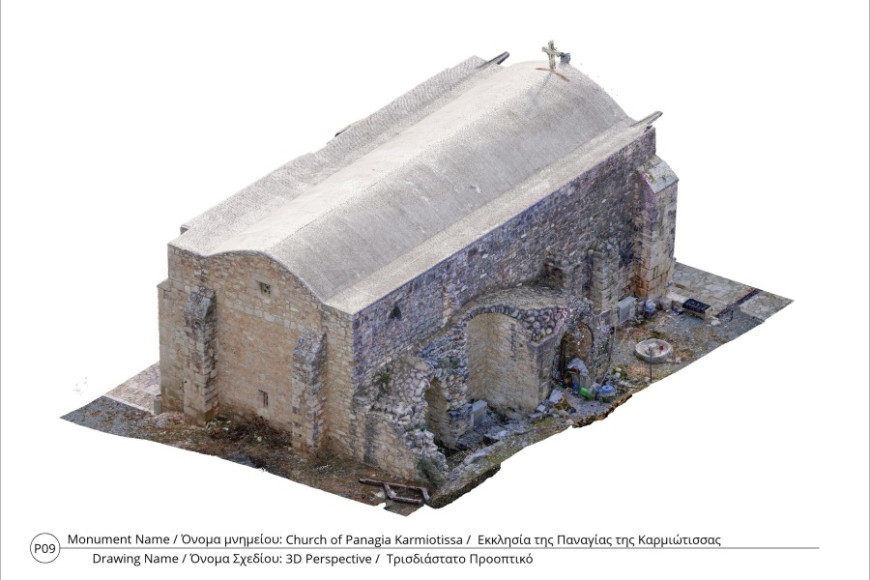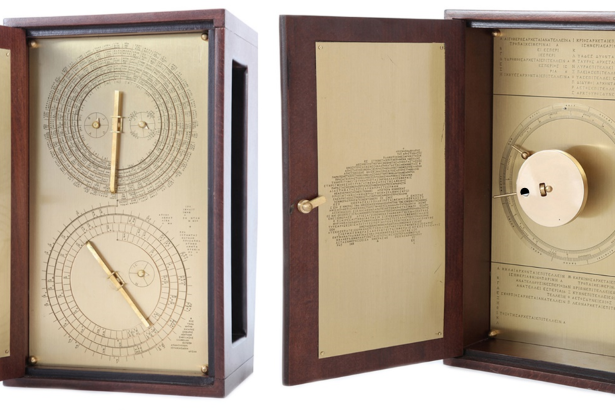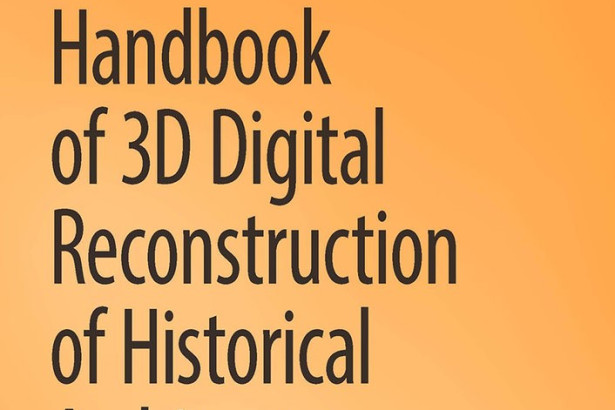Book Title
Proceedings of Earth Resources and Environmental Remote Sensing/GIS Applications XIII
Authors
Kyriacos Themistocleous, Marinos Ioannides, George Tryfonos, Douglas Pritchard, Harriet Cliffen, Maria Katiri, Nenad Jončić, Giulia Osti, Thomas Rigauts, Francesco Ripanti, Andreas Anayiotosa,
Citation
Kyriacos Themistocleous, Marinos Ioannides, George Tryfonos, Douglas Pritchard, Harriet Cliffen, Maria Katiri, Nenad Jončić, Giulia Osti, Thomas Rigauts, Francesco Ripanti, Andreas Anayiotos, “HBIM for cultural heritage: the case study of Panayia Karmiotissa church,” Proc. SPIE 12268, Earth Resources and Environmental Remote Sensing/GIS Applications XIII, 122680B (26 October 2022); Doi: 10.1117/12.2636331
Abstract
HBIM (Heritage Building Information Modelling) is used for the documentation of the Church of Panayia Karmiotissa, near Limassol, Cyprus. The HBIM model is based on the geometric information obtained by digital documentation of the monument. Using laser scanning and Structure for Motion photogrammetric techniques, exterior images were collected using a drone with a 20MP camera and the interior images were taken using an SLR 20 MP camera. Ground control points were used both externally and internally to geo-reference the images using SfM photogrammetry. A Z+F latest technology 3D laser scanner was utilized to scan both the exterior and interior of the church. The images were used in order to create a 3D reconstruction of the Church and used photogrammetry to generate a point cloud of the church and a 3D surface texture model with ortho-images. Following, the data generated by the laser scanner and photogrammetry was processed to create a 3D model to document the church using Heritage Building Information Modeling (HBIM). The main objective of this case study was to create an HBIM model of the Church of Panayia Karmiotissa to digitally register and holistically to document the monument. HBIM is an important tool for the multidisciplinary area of conservators, architects and in general engineer activities, as it provides virtual details that are useful for monitoring, preservation and restoration.
Available from SPIE Digital Library



